If the benefits of regenerative agriculture are so clear, why isn’t everyone doing it?
It’s a fair question, say execs at Bayer Crop Science and Perdue Agribusiness, who will be speaking at a webinar hosted by Reuters Events on June 27 to share the lessons from their three-year partnership (click here to learn more).
“Change is hard,” says Max Dougherty, Bayer’s VP carbon business development, who notes that the benefits of switching to regenerative agriculture practices such as no-till and cover cropping do not come overnight.
In the first year particularly, he says, “there can be some bumps in the road but that comes back to the importance of our initiative: having people who can help you make that transition as thoughtfully and as effectively as possible.
“Yes, there’s some upfront investment. Yes, there’s going to be some friction, but you can see the tangible benefits on farms even as farmers are beginning this journey, whether it’s the texture and the colors of the soils, whether it’s better water absorption and retention, or the growth in the depth of the root mass and the lack of compaction.”
He adds: “We’re running a decade long field trial study; we think it’s one of the largest in the industry exploring regenerative practices. And what we’re seeing is that often within three years farmers see an improvement in productivity and profitability. And it can be even sooner than that.”
There are two key areas of focus on the regenerative ag work Bayer is doing with Perdue Agribusiness, the ag products and services business of poultry giant Perdue Farms, he says. “One is how do you improve soil health and curate a growing environment that helps productivity, and two, how do you drive efficiencies around your input costs?
On the latter, he said, “You could be pumping less water or getting more natural mineralization out of the soil from organic matter that’s being turned into available nitrogen to the crop, which could mean you can use less synthetic fertilizer. These things all lower a farmer’s cost structure.”
Scope 3 emissions
Perdue has committed to aggressive environmental sustainability goals within its own operations (Scope 1 emissions), says Scott Raubenstine, VP agricultural services at Perdue Agribusiness. But ForGround—Bayer’s digital platform to support farmers adopting regenerative ag practices—enables Perdue to measure, track, and incentivize soy and corn farmers to decarbonize Perdue’s upstream value chain (Scope 3 emissions).
As part of their partnership, which leverages the strengths and scale of both organizations to create a blueprint for businesses to assess their carbon footprint and scale up Scope 3 emission reductions, Bayer and Perdue AgriBusiness help support farmers at every step of their regenerative agriculture journey, says Dougherty.
“There are three pillars to our approach. The first is providing farmers with agronomic support. The second is lowering barriers to adoption. The third is financial incentives. And what’s been special about this partnership with Perdue is that we’ve been able to activate all three of those pillars.”
Agronomic support
When it comes to agronomic support, says Dougherty, “We have a staff of agronomic experts that work with farmers locally that understand the challenges that they face.
“There’s a certain amount of knowledge transfer and education, agronomic support and consultation that needs to occur for farmers to understand whether it makes sense for their farm. We sometimes talk about agriculture as if it’s this monolithic entity, when you actually have to go field by field, even subfield by subfield, when it comes to what decisions and practices are going to make sense.”
Through ForGround, growers can also utilize Bayer’s connected Digital Ag platform – Climate FieldView– to help track and measure progress on all of their fields, says Dougherty.
“ForGround-enrolled farmers are supported by a sustainable agronomy team via on-farm visits, remote assistance, and the latest research. They also get access to new technologies that help minimize soil disturbance, build on the use of cover crops, and improve crop diversity and rotation.”
An ecosystem of third party services and providers, and financial incentives
On addressing barriers to adoption, he says, “Through ForGround, we’ve partnered with an entire ecosystem of third-party services and product providers in regenerative agriculture from companies offering discounts on cover crop seeds or no-till planting equipment to microbial solutions [that can reduce crop inputs].”
Perdue also pays $10 an acre for no till practice and $10 an acre for cover crops, says Raubenstine. “That is from data that we verify through Bayer’s ForGround platform utilizing Climate FieldView. We want it to be easy for farmers to enroll, collect the data, verify the emissions, and then deliver more sustainable, low carbon grain to our elevators.
“This is an additional level of compensation to farmers who may also be participating in government and state programs to implement regenerative practices.”
The carbon program
As for the carbon program, says Dougherty, “We pay the farmers a per acre fee up front, as you have to invest in farms years in advance of creating credits. You go from collecting the data to ensuring you have the necessary evidence to validate that the practices occur, to implementing the measurement reporting and verification protocols, to working with validation and verification bodies and auditors, so it’s a multi-year process.
“But there’s a lot of demand to invest in nature-based solutions that can help us tackle the climate crisis.”
Farmers are already using Bayer’s Climate FieldView tool “to manage the way that they farm season in season out,” says Dougherty. “And then that data is streaming into the ForGround platform, which helps us make sure we have the necessary evidence and documentation to rigorously measure, report on and verify the carbon outcomes [which growers can in turn use to generate carbon credits, a source of income].”
He adds: “So we look at whether you’re using synthetic fertilizer versus organic fertilizers, the rate at which you’re applying those fertilizers, your tillage practices, cover crop usage, and other primary farm data that is important to understand the carbon cycle. And then we’re doing infield soil sampling to measure carbon so we can be as precise as possible.”
Outcomes and KPIs
Given that there is no universally agreed definition of regenerative agriculture and skepticism in some quarters over its effectiveness as a tool to meaningfully reduce greenhouse gas emissions, it is critical to develop outcomes and KPIs (key performance indicators), says Dougherty.
“There are four outcomes that really define regenerative agriculture for us. First we need to make farmers increasingly productive. Second we need to make sure farmers are profitable. Third we need to improve the climate resilience of agriculture. Fourth we need to improve the overall environment beyond just carbon, so that’s biodiversity, soil health, water conservation and quality.
“And on each one of those outcomes, we have a set of KPIs that are directly targeted to those outcomes that we think should be generalizable. You’re going to have to tailor KPIs relative to any given cropping system, but we think that outcomes can apply broadly.”
According to Raubenstine: “Our metrics are going to focus on those carbon reductions and removals that are related to insetting within the Perdue value chain and so will produce low carbon oil and chicken that will be delivered to our customers.
“We feel that over the next several years, we can produce up to 250 million pounds of low carbon oil and chicken.”
Behavior change
While engagement in the scheme has been high, says Raubenstine, there are still barriers to adoption: “Data collection is a challenge, as some growers are not very data savvy, so that sometimes means a farm visit to collect the data physically, but the Bayer ForGround platform really helps make it easy. It’s a learning process, but we’re excited to double this program each year.”
As with anything that requires people to change their behavior, the most persuasive tool is another person you trust (in this case other growers participating in the scheme) who will provide an honest assessment of what’s working and what isn’t, he says.
“What’s been most effective is bringing like-minded farmers together for learning and mentoring. There are also webinars and annual carbon meetings where we can share the data that we’re collecting.”
To learn more, join Max and Scott on June 27 at 11am Eastern for a discussion moderated by Gregg Demers, head of ClimatePartner USA.
Talking points will include:
- Turning early learnings into action
- Aligning on goals
- Scaling solutions
- Tackling funding
- Building trust and transparency
To register for the webinar, click here.

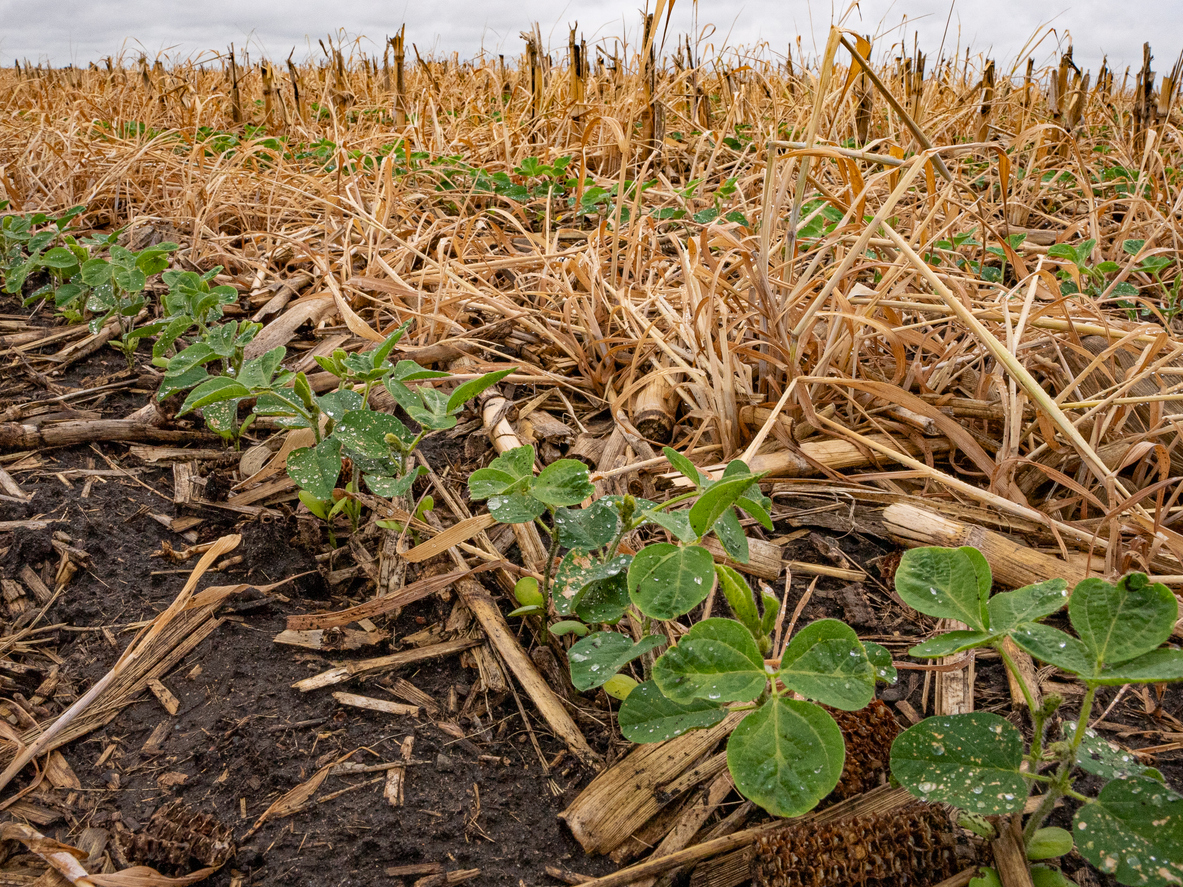


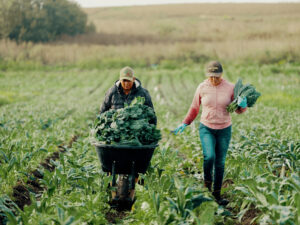
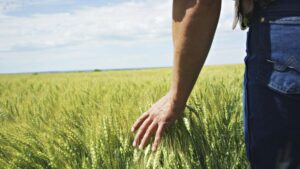
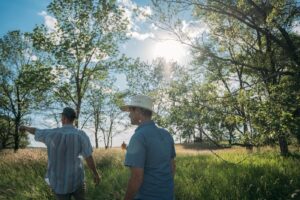







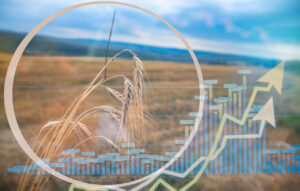

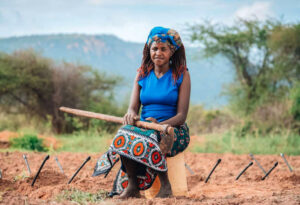

Sponsored
Farmers ‘ready and willing to try’ biological crop solutions. Only ‘strong business models’ need apply